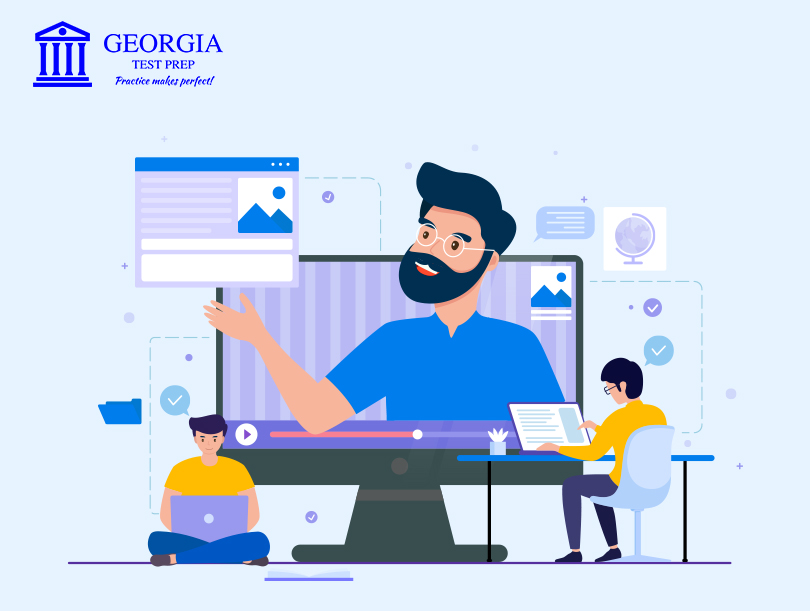Achievement gap is a major problem plaguing education systems in America. It refers to the disparity in academic performance or educational attainment between different groups of students based on socioeconomic status, race, or gender.
There is a clear difference in schooling and learning opportunities for students based on wealth. There is even a term known as “90-10 gap” – so called because it compares students in the 90th and 10th percentiles of family wealth – and it equals about a 4-year difference in learning (Reardon, 2011).
Although efforts are being made to bridge the gap at national and local levels, children from poorer socioeconomic backgrounds are still falling behind their peers.
Fortunately, education technology is helping to close the achievement gap by becoming an ally to teachers. This is not just a gut instinct either – research from Standford University has found that technology can help boost test scores for low-income students when used correctly.
This post is going to look at exactly how Edtech can play a significant role in closing the achievement gap in America.
Using Edtech the right way – to complement class learning
Technology in the classroom is not a cure-all in itself, its value lies in the way it is used.
Low-income schools typically use technology in a “drill and kill” approach, where students are presented with the information they are expected to memorize and are later tested on. The results of this kind of approach are less than favorable.
Technology is not a replacement for good old classroom tutoring. However, combining technology with teacher training can prove to be very effective.
As a case in point, a two-year study was conducted in Maine to find the efficiency of using an online homework tool along with classroom learning for seventh graders. The results showed that end-of-year standardized test results were boosted 80% over the anticipated performance.
Further, students who were below the median on the previous year’s state math test gained the equivalent of over two years of learning in a single year.
Self-paced Edtech is good, but it’s better in the hands of the teachers
Self-paced education technology can be great for students. However, it can actually make the achievement gap worse, because typically high-performing students progress quickly while underperforming students are left behind, as found by a Duke University study. This is simply counterproductive.
A better way to improve results and close the achievement gap is to give teachers effective Edtech tools that empower them to better focus their time and resources. This will allow them to give more attention to students that need more help, which will then make self-paced learning more positive for them.
Edtech is most effective when it aligns to curriculum
One of the biggest concerns among teachers regarding Edtech tools is that often they don’t align with the curriculum set by their school district. So even if the tool is a good learning companion, it is not preparing students for what ultimately matters: the standards tests.
What teachers need to look out for are Edtech tools that are created with this in mind. Georgia Test Prep is a tool specifically designed to be aligned with Georgia school curriculums. It is made in Georgia, by Georgia teachers, especially for Georgia students.
While currently Georgia Test Prep is aimed towards parents, we are in the process of developing a solution specifically for the teachers of Georgia that will help them support their students to greatly improve their math and ELA Skill.
Edtech can make life easier for teachers
Teachers have their plates full at all times. Further burdening them with having to check assessment tests in the digital age is completely unnecessary.
Edtech solutions can reduce teacher workload with automated marking and sophisticated reporting. They can help lift the burden of these administrative tasks, thereby freeing up more of their time to spend with their students.
Remember, the results of an Edtech tool for underprivileged students is only as good as the teacher training they receive.
The achievement gap in America today is the result of a complex set of multiple factors, and it isn’t going to be bridged overnight. But educators are taking steps.
Edtech providers are helping in this process too. What they need to do next is to listen to school districts to understand their pain points and curriculum requirements, and modify their offering to cater to individual school district demands. They may need to pay particular attention to the needs of low-income students.
Edtech has a lot of potential in the digital age to help students from all socioeconomic backgrounds get the help they need to excel. It will take the right application of Edtech to release that potential.

